Home>Furniture & Design>Bathroom Accessories>What Does A Vibrating Toothbrush Do
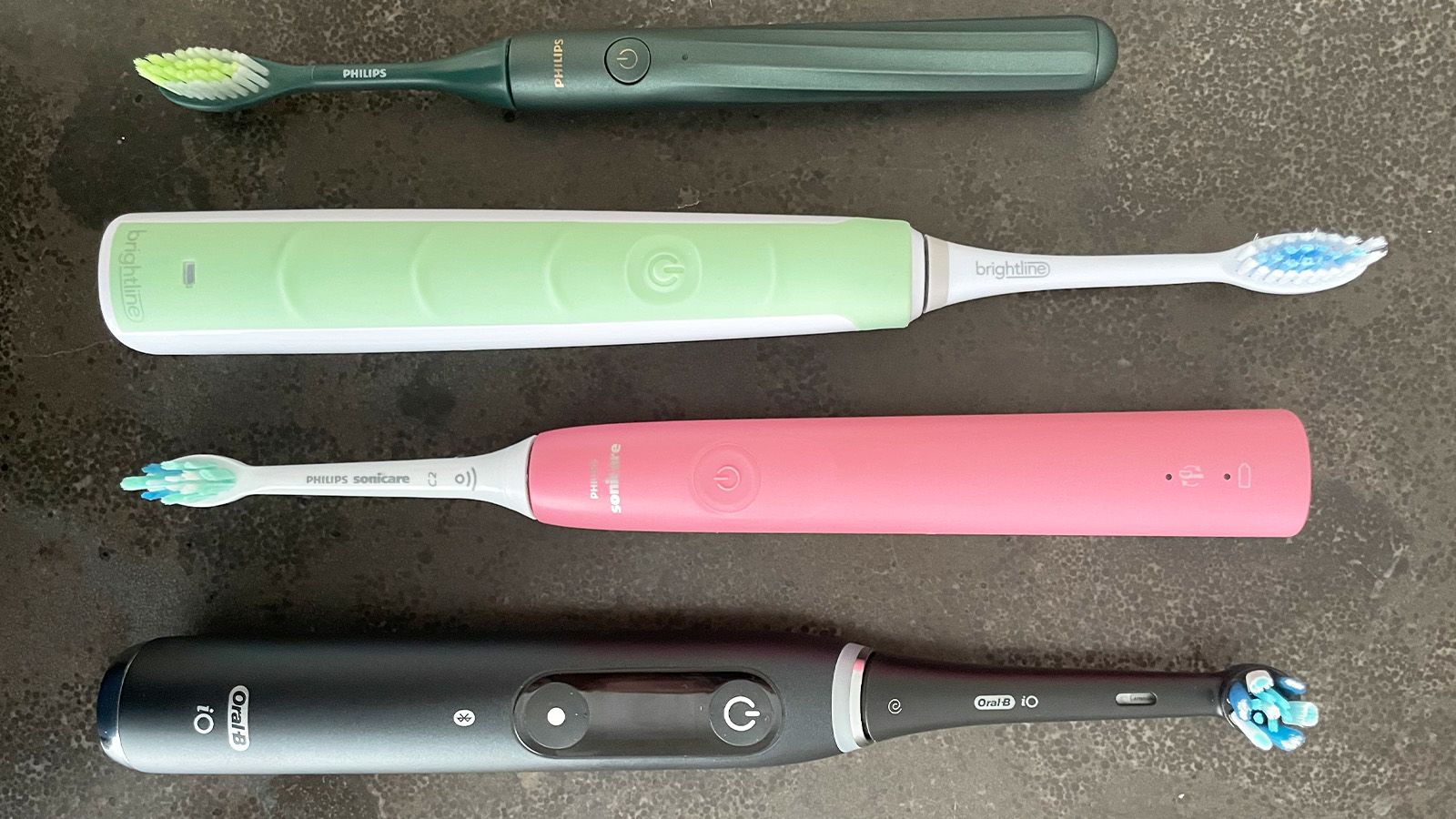

Bathroom Accessories
What Does A Vibrating Toothbrush Do
Modified: February 18, 2024
Discover the benefits of a vibrating toothbrush and how it can enhance your oral hygiene routine. Find out why it's a must-have bathroom accessory for better dental care.
(Many of the links in this article redirect to a specific reviewed product. Your purchase of these products through affiliate links helps to generate commission for Storables.com, at no extra cost. Learn more)
Introduction
A vibrating toothbrush is a modern dental tool designed to enhance the effectiveness of oral hygiene routines. Unlike traditional manual toothbrushes, vibrating toothbrushes feature advanced technology that facilitates thorough cleaning of the teeth and gums. The vibrating motion of the bristles helps to dislodge plaque and food particles, providing a deeper level of cleanliness compared to manual brushing alone. As the popularity of vibrating toothbrushes continues to grow, it's important to understand how they work, their benefits, drawbacks, and tips for optimal usage. Let's delve into the fascinating world of vibrating toothbrushes to uncover the secrets behind their effectiveness and explore how they can elevate your oral care routine.
Key Takeaways:
- Vibrating toothbrushes use sonic or ultrasonic technology to remove plaque, stimulate gums, and provide a thorough cleaning experience, promoting optimal dental health and a brighter smile.
- While vibrating toothbrushes offer enhanced cleaning and gum stimulation, users should consider potential drawbacks such as sensitivity concerns, maintenance requirements, and adaptation periods to make informed oral care decisions.
Read more: What Toothbrush Do Dentist Recommend
How Does a Vibrating Toothbrush Work?
A vibrating toothbrush operates on the principle of sonic or ultrasonic technology to provide a thorough and efficient cleaning experience. The bristles of the toothbrush vibrate at high frequencies, typically ranging from 15,000 to 40,000 strokes per minute, creating rapid movements that help dislodge plaque, food particles, and bacteria from the teeth and gums.
The rapid vibrations generated by the toothbrush bristles create a scrubbing action that enables the bristles to reach areas that may be challenging to access with a manual toothbrush. This includes interdental spaces, along the gum line, and other hard-to-reach areas within the oral cavity. The high-frequency vibrations also create a gentle massaging effect on the gums, promoting improved blood circulation and overall gum health.
The sonic or ultrasonic technology used in vibrating toothbrushes produces powerful energy waves that agitate the fluids in the mouth, effectively disrupting and dislodging plaque and debris from the tooth surfaces and gum line. This advanced cleaning action helps to reduce the risk of plaque buildup, tartar formation, and the development of oral health issues such as cavities and gum disease.
Furthermore, the rapid vibrations of the toothbrush bristles create a dynamic fluid action, effectively driving toothpaste and water between the teeth and along the gum line. This helps to enhance the cleaning and rinsing process, ensuring a comprehensive removal of debris and bacteria from the oral cavity.
In summary, the vibrating toothbrush works by harnessing sonic or ultrasonic technology to produce rapid vibrations that facilitate thorough cleaning, plaque removal, and gum stimulation. This innovative approach to oral hygiene offers a compelling alternative to traditional manual brushing, providing users with a powerful tool to maintain optimal dental health and hygiene.
Benefits of Using a Vibrating Toothbrush
Using a vibrating toothbrush offers a myriad of benefits that can significantly elevate your oral hygiene routine and contribute to overall dental health. Let's explore the compelling advantages of incorporating a vibrating toothbrush into your daily dental care regimen:
-
Enhanced Plaque Removal: The rapid vibrations of a vibrating toothbrush effectively dislodge and remove plaque from the teeth and gum line, providing a more thorough cleaning compared to manual brushing alone. This advanced plaque removal capability helps reduce the risk of cavities, gum disease, and other oral health issues.
-
Improved Gum Health: The massaging effect of the vibrating bristles stimulates the gums, promoting better blood circulation and overall gum health. This gentle stimulation can contribute to reducing gum inflammation and preventing gum disease, ultimately supporting the maintenance of strong and healthy gums.
-
Effective Stain Removal: Vibrating toothbrushes are adept at removing surface stains from the teeth, resulting in a brighter and more radiant smile. The dynamic fluid action created by the rapid vibrations helps to dislodge and eliminate stains caused by factors such as coffee, tea, and tobacco, leading to a visibly cleaner and brighter appearance.
-
Comprehensive Cleaning: The high-frequency vibrations of the toothbrush bristles enable them to reach and clean areas that may be challenging to access with a manual toothbrush. This includes interdental spaces, along the gum line, and other hard-to-reach areas within the oral cavity, ensuring a more comprehensive and effective cleaning process.
-
Optimal Plaque Prevention: By effectively removing plaque and disrupting its accumulation, vibrating toothbrushes aid in preventing the formation of tartar, which can contribute to dental issues such as tooth decay and gum disease. Consistent use of a vibrating toothbrush can help maintain a plaque-free environment within the mouth, supporting long-term dental health.
-
User-Friendly Operation: Many vibrating toothbrushes are designed with user-friendly features such as built-in timers and multiple cleaning modes, making them convenient and easy to use. These features can help ensure that users brush for the recommended duration and customize their brushing experience based on their specific oral care needs.
Incorporating a vibrating toothbrush into your oral care routine can lead to improved oral health, enhanced cleaning efficacy, and a more enjoyable brushing experience. With its advanced technology and multifaceted benefits, a vibrating toothbrush stands as a valuable tool for maintaining optimal dental hygiene and promoting a confident, healthy smile.
A vibrating toothbrush helps remove plaque and food particles more effectively than a manual toothbrush, leading to better oral hygiene and fresher breath.
Drawbacks of Using a Vibrating Toothbrush
While vibrating toothbrushes offer a range of benefits, it's important to consider potential drawbacks associated with their usage. Understanding these drawbacks can provide a balanced perspective on the use of vibrating toothbrushes and help individuals make informed decisions regarding their oral care tools.
-
Sensitivity Concerns: Some individuals may experience increased tooth or gum sensitivity when using vibrating toothbrushes, particularly if the bristles are too firm or if excessive pressure is applied during brushing. This heightened sensitivity can lead to discomfort during brushing and may necessitate the use of softer bristles or gentler brushing techniques.
-
Cost Considerations: Vibrating toothbrushes often come with a higher initial cost compared to traditional manual toothbrushes. Additionally, there is an ongoing expense associated with replacing the brush heads or batteries, depending on the specific model. While the long-term benefits of improved oral hygiene may outweigh the initial investment, the cost factor is an important consideration for some individuals.
-
Maintenance Requirements: Vibrating toothbrushes require regular maintenance to ensure optimal performance. This includes replacing brush heads as recommended by the manufacturer, charging or replacing batteries, and cleaning the brush handle to prevent the buildup of bacteria or debris. Failure to adhere to proper maintenance practices can compromise the effectiveness of the toothbrush over time.
-
Noise Levels: The high-frequency vibrations produced by vibrating toothbrushes can result in increased noise during operation, which may be a concern for individuals who prefer a quieter brushing experience. While advancements in technology have led to quieter models, some users may find the noise level to be a potential drawback, especially in shared living spaces.
-
Adaptation Period: Transitioning from a manual toothbrush to a vibrating toothbrush may require an adaptation period for some individuals. Getting accustomed to the sensation and movement of the vibrating bristles, as well as adjusting to the different brushing technique recommended for vibrating toothbrushes, can take time and patience.
-
Travel Considerations: Vibrating toothbrushes, especially those with rechargeable batteries, may pose challenges when traveling, particularly if access to charging outlets is limited. Additionally, the bulkier design of some vibrating toothbrushes may be less convenient for travel compared to compact manual toothbrushes.
While the drawbacks of using a vibrating toothbrush are important to consider, it's essential to weigh them against the numerous benefits that these advanced oral care tools offer. By understanding the potential limitations and addressing them proactively, individuals can make informed choices that align with their oral health needs and preferences.
Tips for Using a Vibrating Toothbrush
Using a vibrating toothbrush effectively requires a thoughtful approach and adherence to best practices to maximize its benefits and ensure optimal oral hygiene. Here are essential tips for harnessing the full potential of a vibrating toothbrush:
-
Proper Brushing Technique: When using a vibrating toothbrush, it's crucial to employ the correct brushing technique. Hold the toothbrush at a 45-degree angle to the gum line and apply gentle pressure as the bristles make contact with the teeth and gums. Allow the rapid vibrations to do the work, avoiding excessive force that could lead to gum irritation or enamel wear.
-
Brushing Duration: Aim to brush for a minimum of two minutes during each session to thoroughly clean all surfaces of the teeth and gums. Many vibrating toothbrushes are equipped with built-in timers to help users adhere to this recommended duration, ensuring comprehensive cleaning and plaque removal.
-
Brush Head Replacement: Regularly replace the brush head as recommended by the manufacturer, typically every three to four months or as indicated by wear and tear. Fresh brush heads maintain optimal cleaning efficacy and prevent the accumulation of bacteria or debris that could compromise oral health.
-
Charging and Maintenance: If using a rechargeable vibrating toothbrush, ensure that it is adequately charged to maintain consistent performance. Additionally, follow the manufacturer's guidelines for cleaning the brush handle and charging base to prevent the buildup of bacteria and ensure hygienic usage.
-
Customized Cleaning Modes: Take advantage of any customized cleaning modes offered by the vibrating toothbrush. Some models feature multiple modes such as standard cleaning, sensitive cleaning, and gum care, allowing users to tailor their brushing experience based on individual oral care needs.
-
Rinse and Dry Thoroughly: After each use, thoroughly rinse the brush head under running water to remove any residual toothpaste or debris. Shake off excess water and allow the brush head to air dry in an upright position to prevent the growth of bacteria and maintain hygiene.
-
Consultation with Dentist: If you have specific dental concerns or conditions such as gum disease or sensitive teeth, consult with your dentist to determine if a vibrating toothbrush is suitable for your oral care needs. Your dentist can provide personalized recommendations and guidance for integrating a vibrating toothbrush into your oral hygiene routine.
By incorporating these tips into your daily oral care routine, you can harness the full potential of a vibrating toothbrush and maximize its effectiveness in promoting optimal dental health and hygiene. With proper technique, maintenance, and customization, a vibrating toothbrush can become a valuable ally in achieving a confident and healthy smile.
Read more: How To Store Vibrator
Conclusion
In conclusion, the advent of vibrating toothbrushes represents a significant advancement in oral care technology, offering a compelling alternative to traditional manual brushing. The innovative use of sonic or ultrasonic technology in vibrating toothbrushes has revolutionized the way individuals approach their oral hygiene routines, providing a range of benefits that contribute to improved dental health and overall well-being.
By harnessing the power of rapid vibrations, vibrating toothbrushes excel in plaque removal, gum stimulation, and comprehensive cleaning, addressing key aspects of oral care with precision and efficiency. The enhanced plaque removal capability, coupled with the massaging effect on the gums, supports the prevention of dental issues such as cavities and gum disease, while promoting optimal gum health and a brighter, stain-free smile.
While the utilization of vibrating toothbrushes presents certain considerations, including potential sensitivity concerns, maintenance requirements, and adaptation periods, the benefits they offer outweigh these drawbacks for many individuals. With proper technique, adherence to recommended brushing durations, and proactive maintenance practices, users can maximize the advantages of vibrating toothbrushes while addressing potential limitations.
Furthermore, the user-friendly operation and customizable features of many vibrating toothbrushes contribute to a more enjoyable and tailored brushing experience, empowering individuals to take proactive steps in maintaining their oral health. The incorporation of vibrating toothbrushes into daily oral care routines represents a proactive investment in long-term dental well-being, aligning with the overarching goal of achieving a confident and healthy smile.
As the field of oral care continues to evolve, vibrating toothbrushes stand as a testament to the fusion of advanced technology and dental science, offering individuals a powerful tool to elevate their oral hygiene practices. With a deeper understanding of how vibrating toothbrushes work, their benefits, drawbacks, and optimal usage tips, individuals can make informed decisions regarding their oral care tools, ultimately contributing to enhanced dental health and a brighter smile.
In essence, vibrating toothbrushes have emerged as a transformative force in the realm of oral care, empowering individuals to embrace a proactive approach to dental hygiene and paving the way for a future where optimal oral health is within reach for all.
Frequently Asked Questions about What Does A Vibrating Toothbrush Do
Was this page helpful?
At Storables.com, we guarantee accurate and reliable information. Our content, validated by Expert Board Contributors, is crafted following stringent Editorial Policies. We're committed to providing you with well-researched, expert-backed insights for all your informational needs.
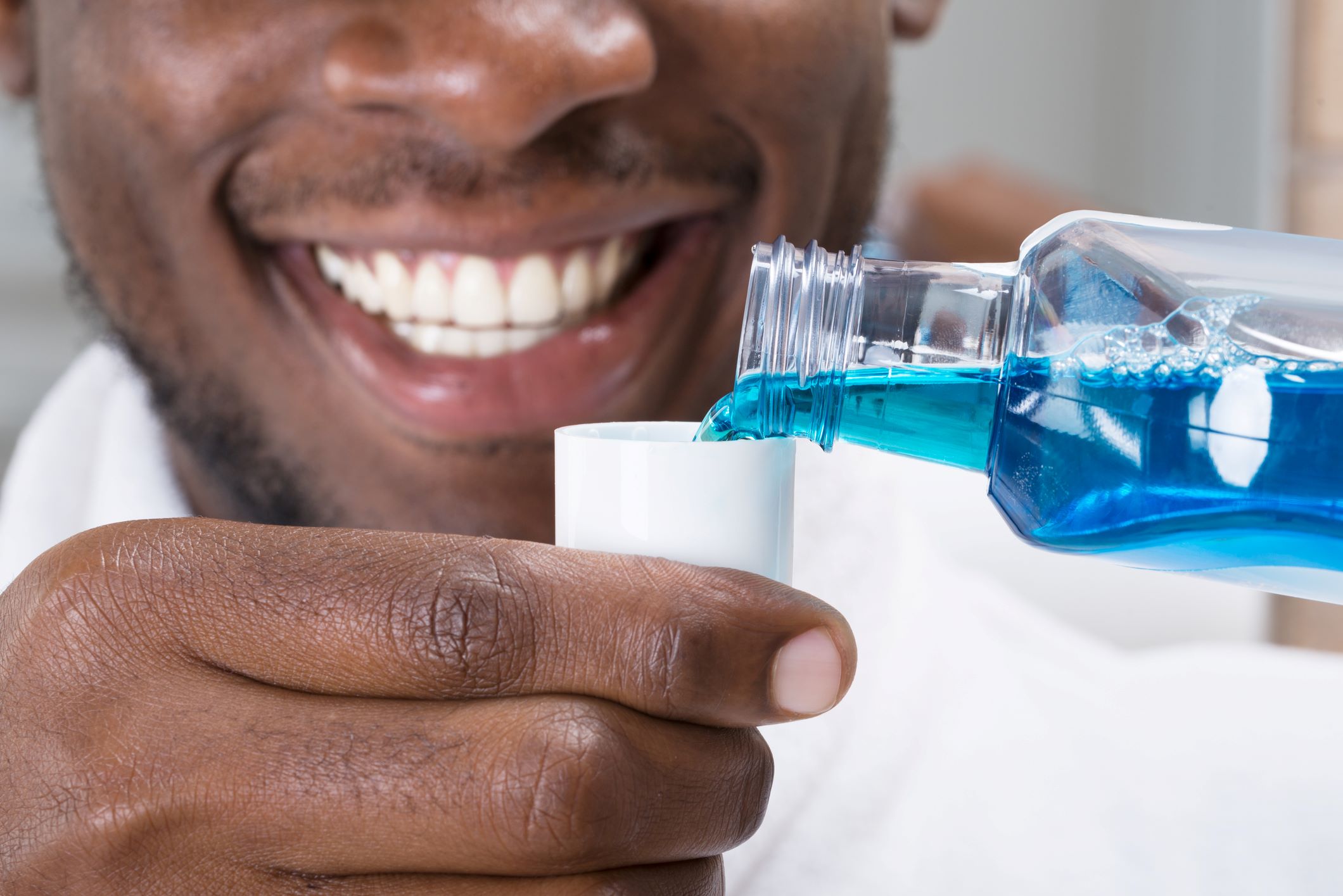
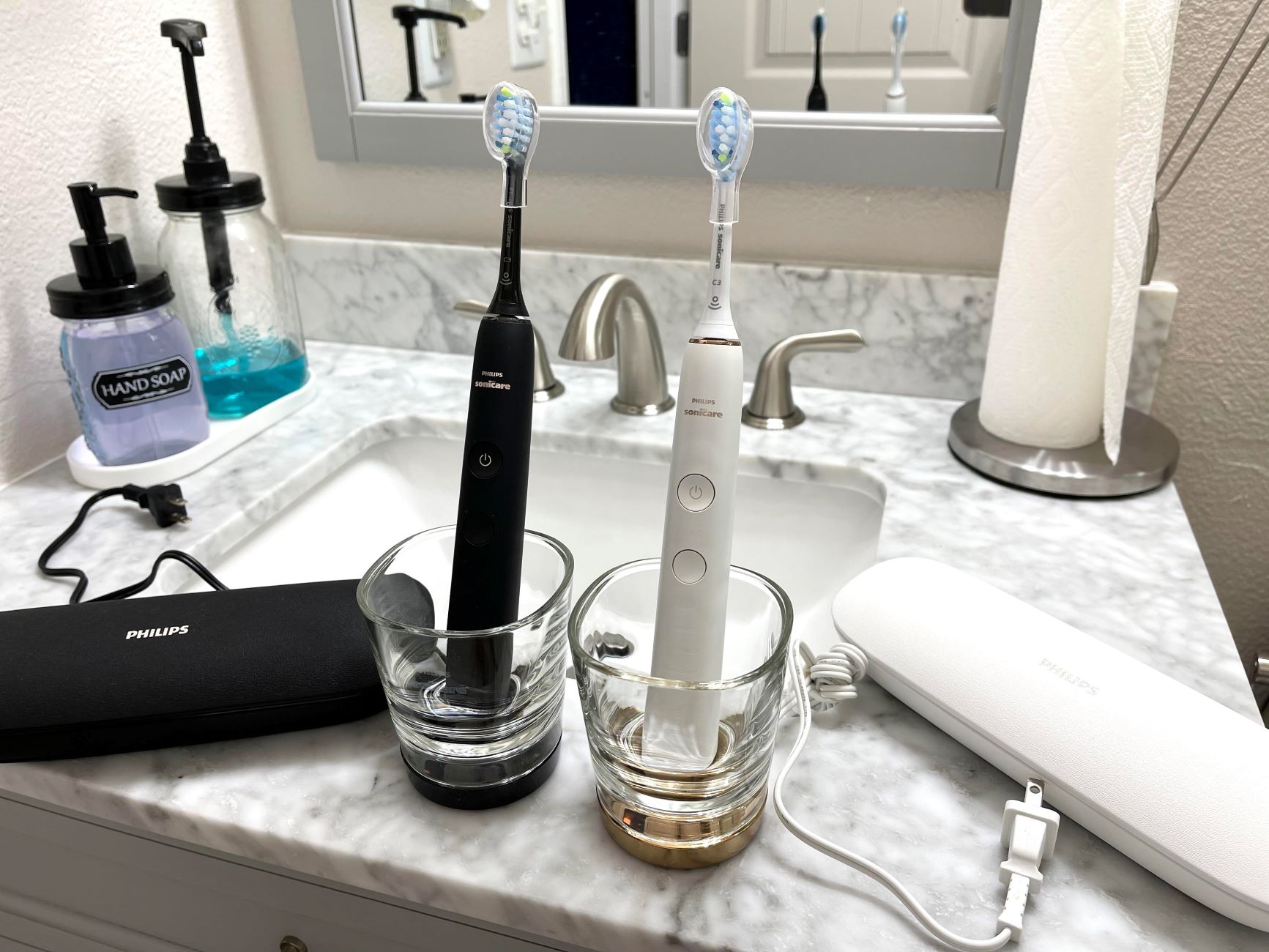




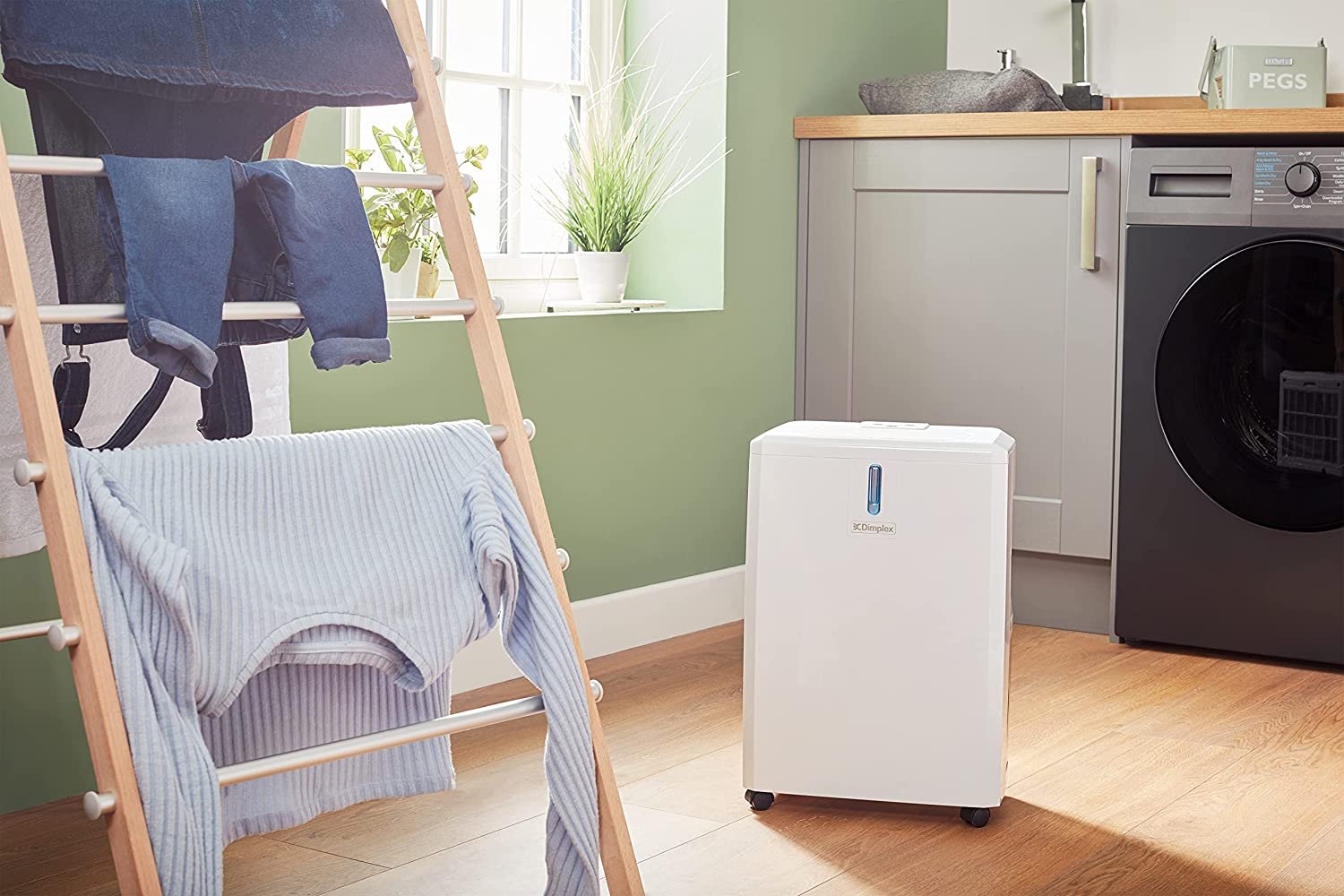
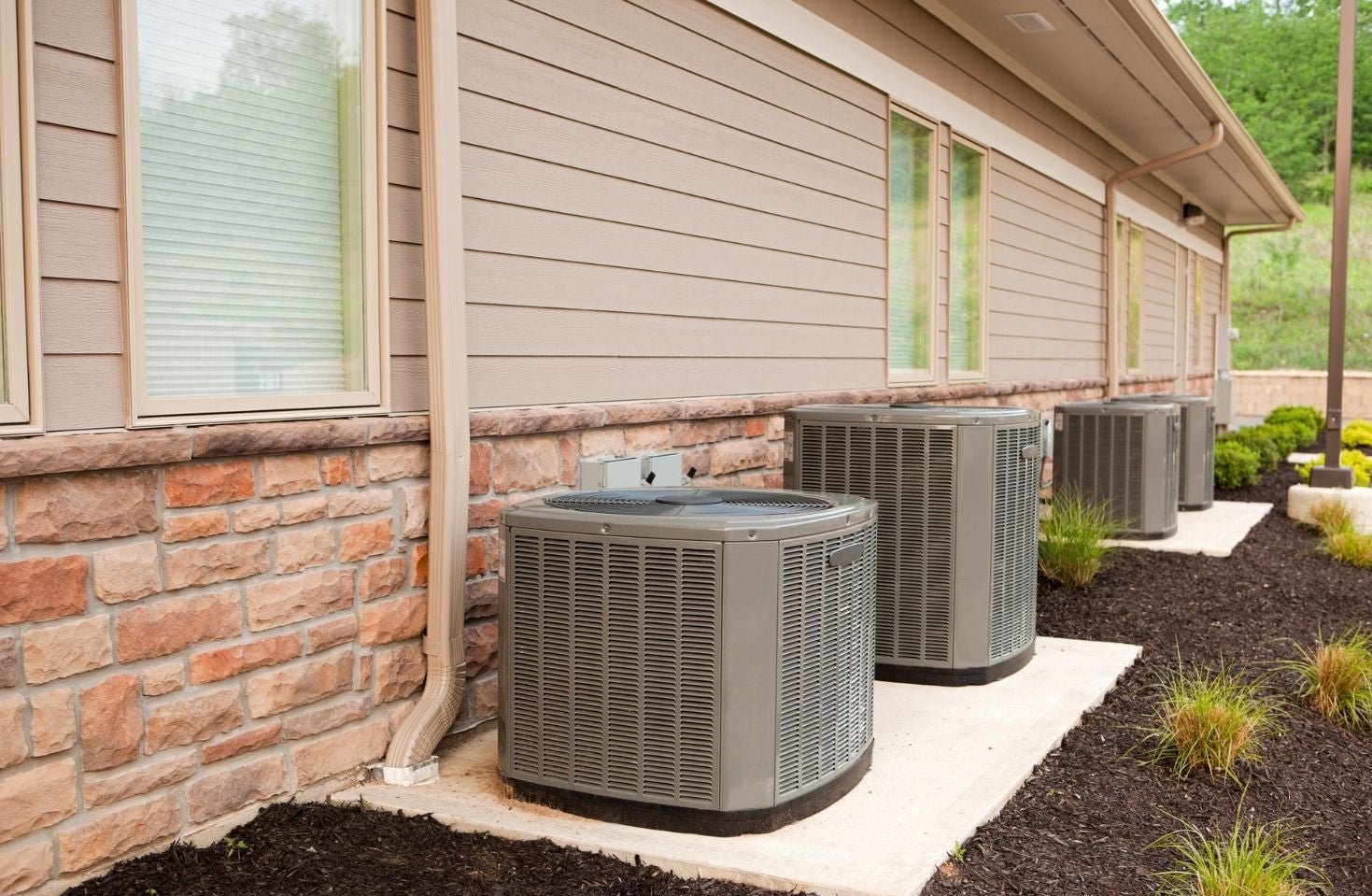


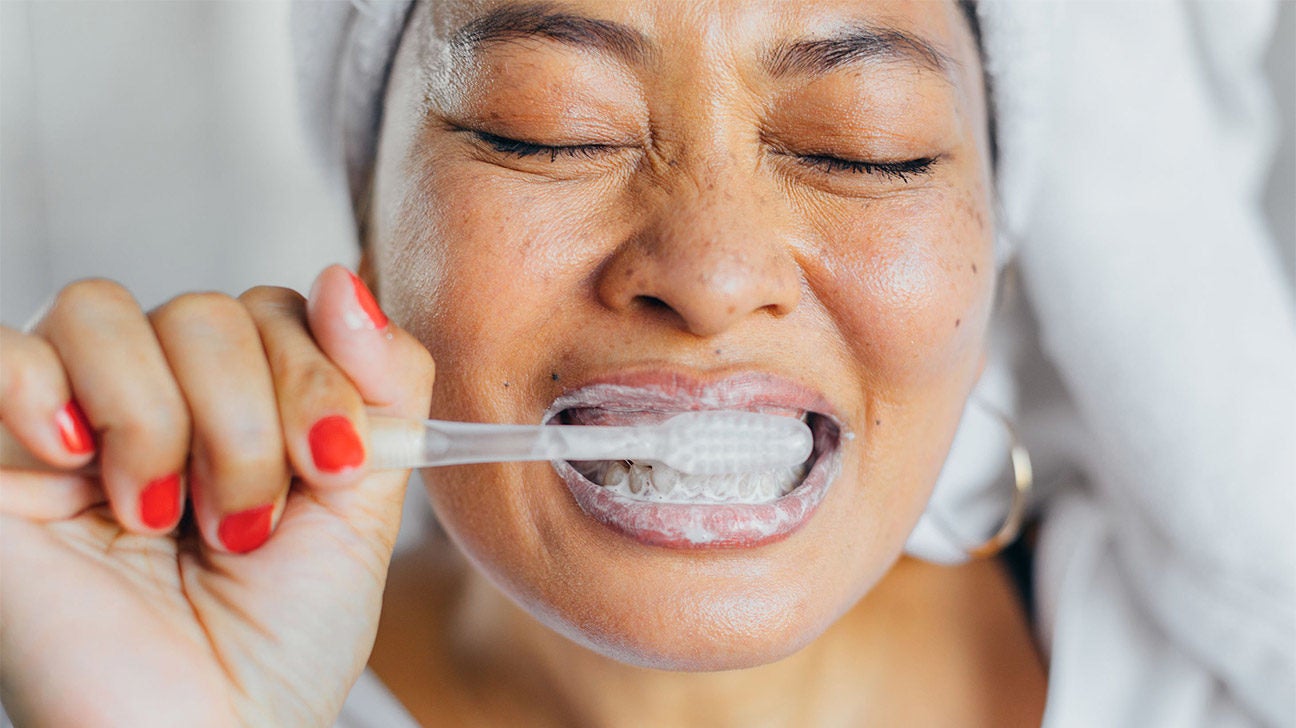


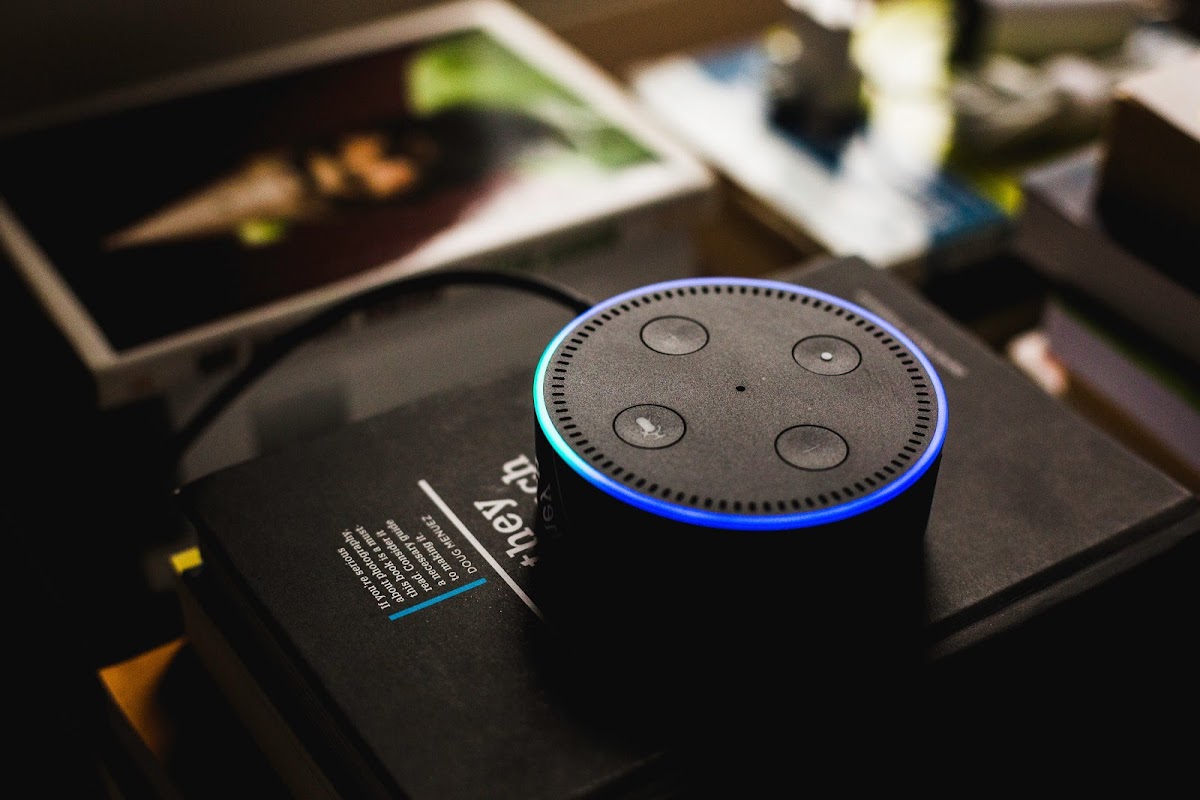

0 thoughts on “What Does A Vibrating Toothbrush Do”